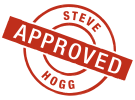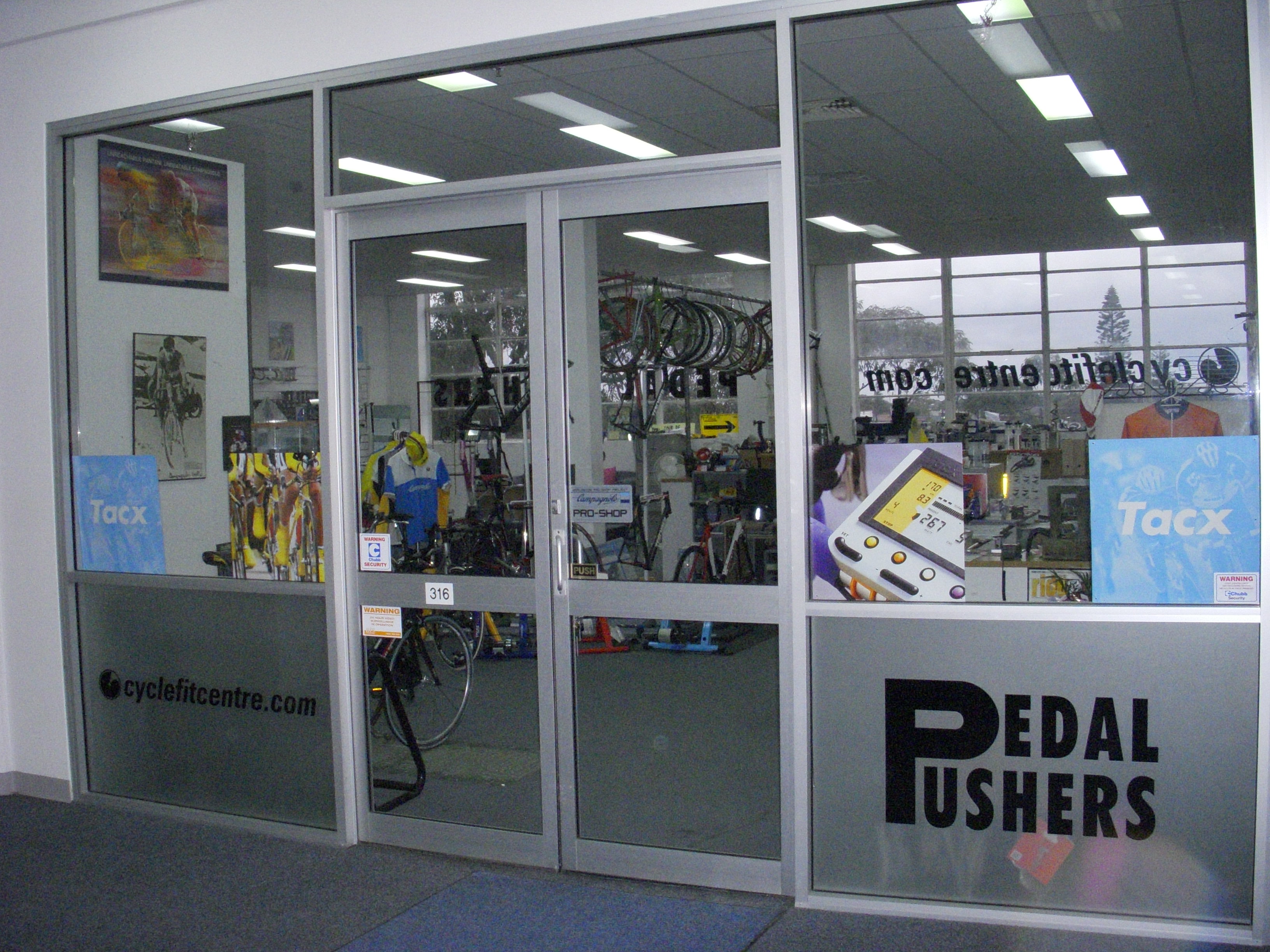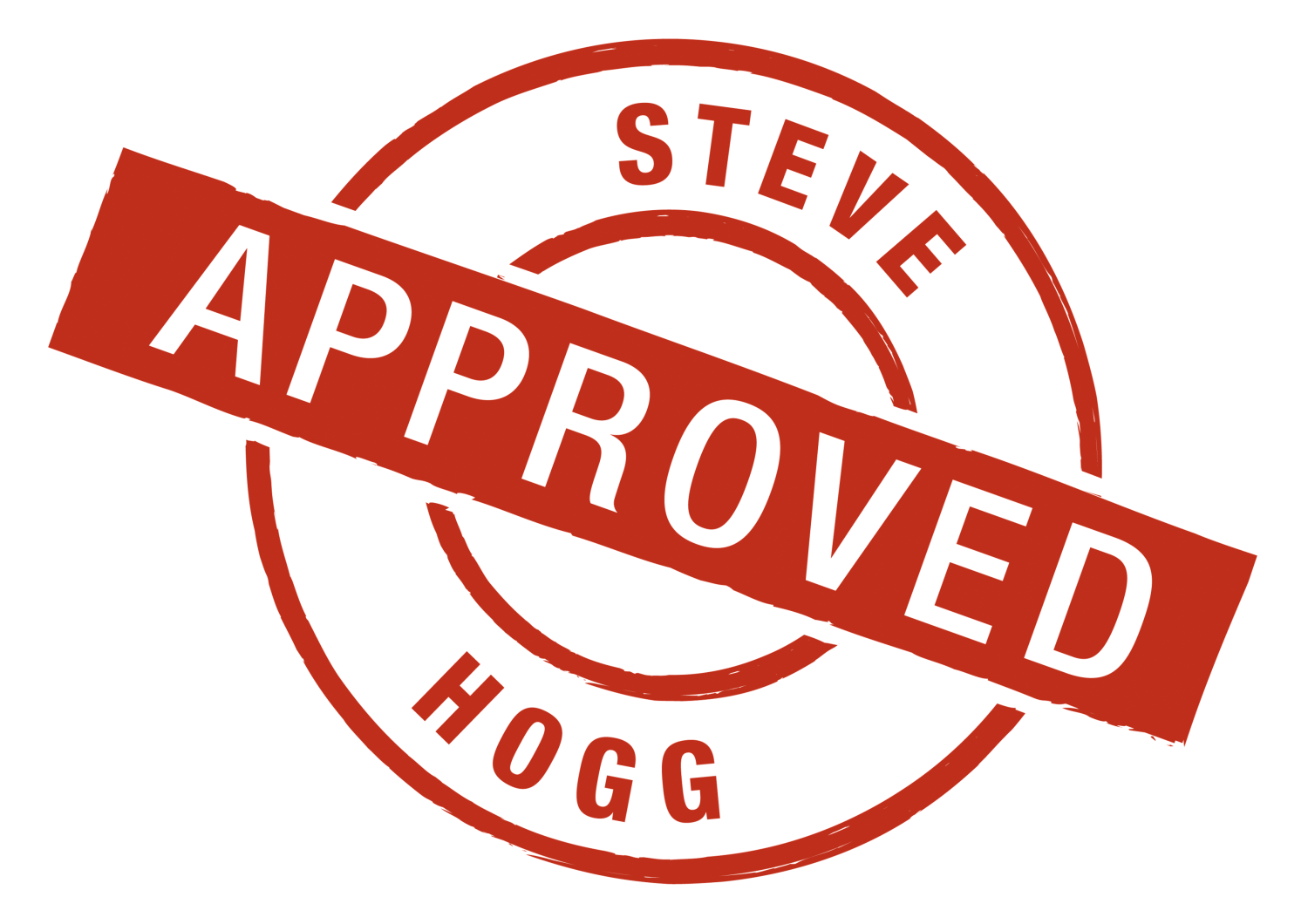Last Updated on October 28, 2014 by stevehoggbikefitting.com
I first heard the term ‘Bike Fit Hell’ from Jason Warner. Jason is the behind the scenes gent responsible for the nuts and bolts of this website. It is a succinct term that describes the home address of a percentage of my fit clients as well as a number of the people who’s queries I answer on CN. Gaining entry to Bike Fit Hell (BFH) often happens like this……………….
Rider perceives a problem with their position and makes a change. The change might be to seat position bar position, cleat position, foot correction; it doesn’t matter. The change feels better but another problem becomes apparent that wasn’t there before. So the rider makes another change in an effort to solve the new problem. The second change works to a point but now another reason for dissatisfaction arises. Which in turn means another change to position which creates another problem ……………..and so on………………and so on…………and so on……………………………….. until………..aaaaaarrrrrggghhhh!!!!
Which is the sound that a frustrated and by now, possibly injured bike rider makes when they finally free fall into Bike Fit Hell. So how to avoid this scenario?
Here are the 10 heuristics of Bike Fit Hell avoidance.
1. Measure or mark your existing position. I don’t care how you do it, any method is valid as long as it is repeatable. If you don’t know a repeatable method, a good one will be the subject of an upcoming article in the Articles section. (It’s now complete and can be found here.) Measuring your position establishes a base line that you can return to if you get off track at any time. Equally simple is to mark your position. A correction pen is all you need. Mark your seat post where it emerges from the frame. Mark the seat rail of your seat immediately in front of the forward most edge of the seat rail clamp. Place a mark on your bar on either side of the slot where the front plate of your stem leaves a gap to the body of the handlebar stem. Trace an outline around your cleats on the sole of your shoe.
2. Make one change at a time. Don’t make serial changes. Make a single change. If that doesn’t work, return to your base position and reassess before trying again.
3. Habituation, habituation, habituation. Never make a successive change without riding with a previous change for at least a week and with at least one longish ride thrown in, all without problems. Often a change that feels awkward at first will feel much less awkward after a familiarisation period. It takes time to break down a motor pattern (muscle firing sequence) and learn a new one. The only exception to this is if you are in pain. Muscular soreness may disappear or die down with familiarity with a new position. Pain that increases ride on ride or stays the same but with a reduction in time taken to onset, means that the change was almost certainly not a good one.
4. Cruise post change. If you have made a significant change, then don’t expect to go out and blow the opposition apart from Day 1. Cruise for a few days. Smell the roses and let your CNS (Central Nervous System) get used to an altered muscle firing sequence. Once you have done two or three cruisey rides, then put the foot down a bit. This advice is for a single parameter change only. If the entire position has been changed, as it would be in a fitting session, then cruising for two or three weeks is often necessary.
5. Keep a record Keep a diary. Record the change to your base settings that you made and your subjective feelings about each ride post change. Also include weather conditions and other variables. A week or two after a change in position and if you are still conducting an internal debate as to the merit of the change, consulting your diary will usually push you one way or the other based on what you have recorded.
6. Occam’s filter. Occam’s Razor is a philosophical filter that suggests, often quite rightly, that when there are two or more contending theories that equally explain a set of facts, the correct one is more likely to be the theory that makes the fewest new assumptions. So it goes with positional changes in a ‘kind of / sort of” way. If you feel you have an issue and are unsure which of say, 3 potential adjustments will make a positive difference, choose the one that will be the least change to your current position first. Often large changes set you on the slippery slope to BFH.
7. Real world matters. Theories are good for arguing over coffee but any change that works for your benefit and is proven over time in the type of riding that you do, is a good one for you, no matter what theory or received wisdom about bike position that it may contradict. Individuals are just that, and too much cycling ‘lore’ regarding position assumes that we all came out of the same factory as mass produced items. Not so.
8. Load. If you are encouraged by a change you’ve made in your position and have left it in place for a reasonable period without problem, test it under load. “Load” can be flexible in it’s meaning to you. For a crit racer, that means having a red hot go in the weekend crit. For an Audax rider, that means doing some serious distance. Try the change out in conditions that are at the high end of the spectrum of what you do on your bike.
9. Murphy was a cyclist. A surprising number of people have poor perception of how they actually function on a bike. What this means is that in many cases, the rider will perceive a problem with their position and think “There are three things that it can be”. For many, I can just about guarantee they’ll choose the wrong two options first. No one is immune from this possibility. Don’t worry about it. Return to your base settings, follow the rules above and you will get there.
10. Record positive changes. This is self explanatory. Once you are convinced that a change in position has been a positive, record it so that you have a new version of your base settings. You are now in a position to make further changes without risking entry to Bike Fit Hell.
As a final word, if you are looking for a repeatable measurement method to record your position, there is an Article now in the Publications section of the site entitled Measure for Measure. The method outlined there is as good as any and better than some.
Note: Often, more specific answers to your questions can be found in the Comments below or in the eBooks section and FAQ page.
To learn more about bike fit products offered by Steve, click here.
Do you have a bike fit success story? Please go here to share.
Thank you for reading, return to the Blog page here or please comment below.Comments (9)
Comments are closed.







Well put!
Thanks Steve … from BFH!
Very good advice Steve
I laughed when I started reading this, but only because I felt like I was looking into a mirror! Steve, I would love to see what your insight could do for me. I am a poster child for changes to a bike. Are you ever in the USA? I would be willing to be a total guinea pig for your fitting.
G’day Bruce,
I get offers regularly but to date those offers have fallen over once the U.S. end realises what an organisational task it would be. I am talking to some people in Pennsylvania at the moment. If things work out with them, it is likely that I will be in the U.S. fitting and teaching several times each year from 2012. This is far from certain yet and I am waiting on the other party to get back to me at the moment.
aaaaaarrrrrggghhhh!!!! Too funny! I have learned each of these lessons the hard way.
Brilliant advice, most of it is so obvious but why did I never figure it out!
In addition you now have me googling occam’s razor as it sounds interesting.
Will
Steve, If you are ever in PA then you can count on me being a customer! thanks
G’day James,
Here’s hoping it comes off. I’ve been talking to the people
at VeloSouplesse for a while now, and while there is good will on both sides, sometimes things work to plan, sometimes not. If / when it happens, I’ll post accordingly. Thanks for the vote of confidence.